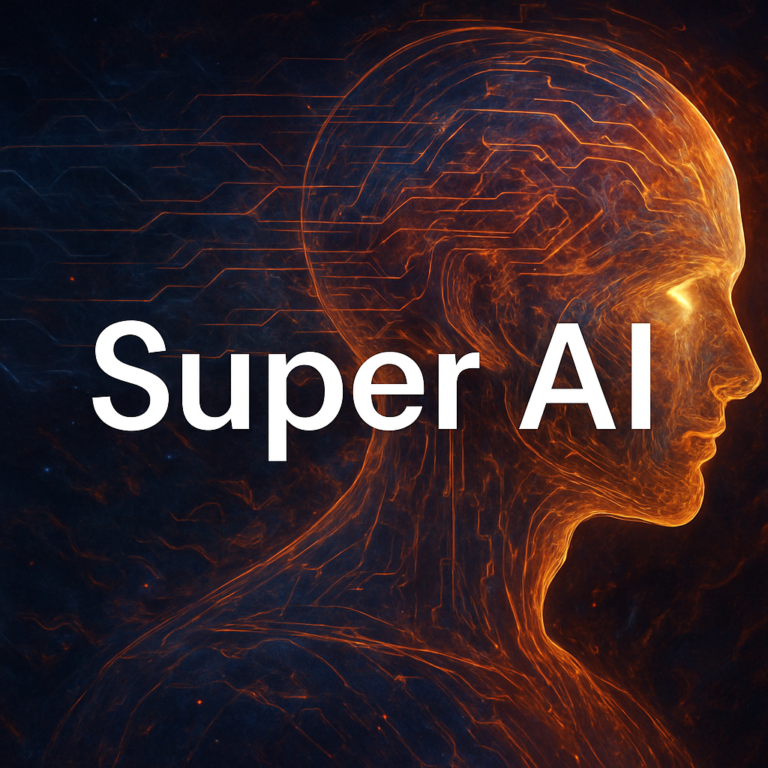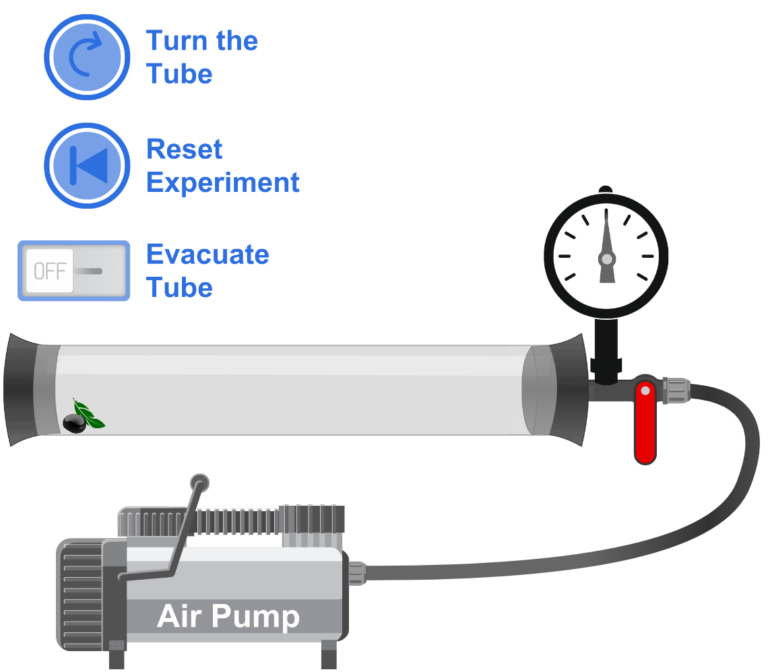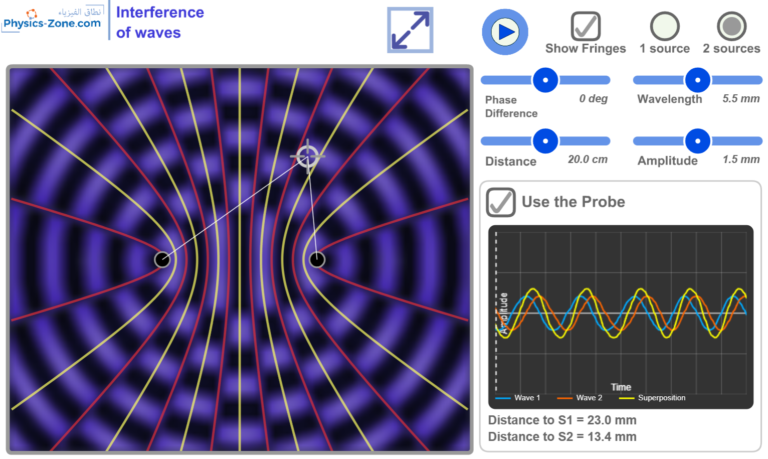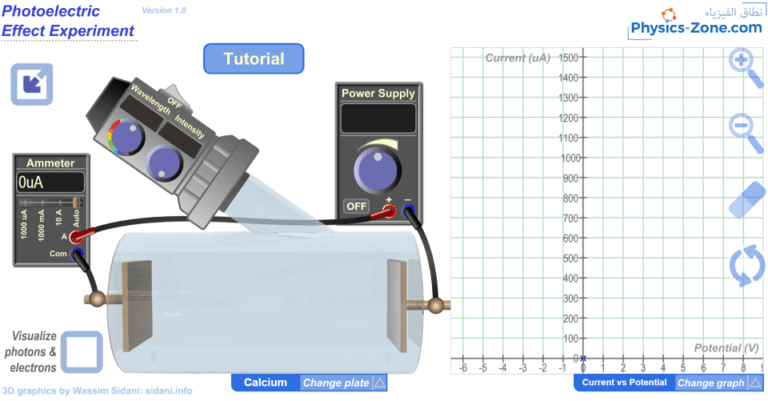Super AI perception beyond human reality
Given the accelerated development of AI, there might soon be a ‘Super AI’. And I am not talking about an AI with super faster processing or super deeper analysis. I am talking about an AI that may develop a form of “perception” fundamentally different from human ways of perceiving reality. To us, its view of the world may appear almost metaphysical.









